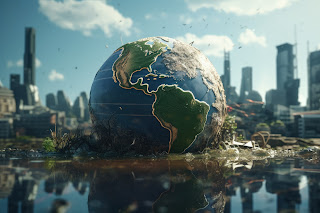Third-Party and Independent Candidates in U.S. Elections

Third-Party and Independent Candidates in U.S. Elections Introduction The political landscape in the United States is predominantly dominated by two major parties: the Democratic Party and the Republican Party. However, third-party and independent candidates also play a crucial role in the American democratic process. These candidates, who operate outside the traditional two-party system, offer alternative viewpoints and policies, thereby enriching the political discourse. Despite the challenges they face, third-party and independent candidates can significantly influence elections and policy debates. This essay explores the role, impact, challenges, and future prospects of third-party and independent candidates in U.S. elections. Historical Context Third-party and independent candidates have been part of U.S. politics since the early years of the republic. Some notable historical examples include: Theodore Roosevelt: In 1912, former President Theodore Roosevelt ran as a Progressi...



.png)

